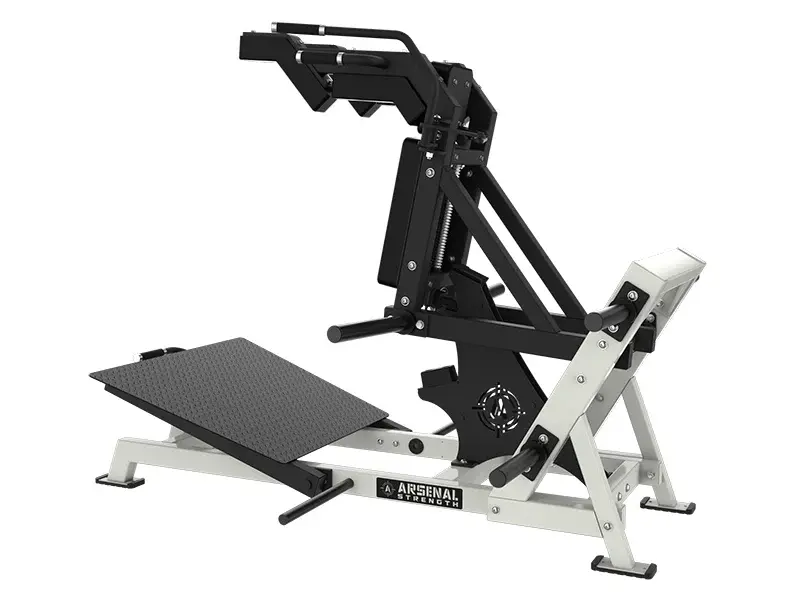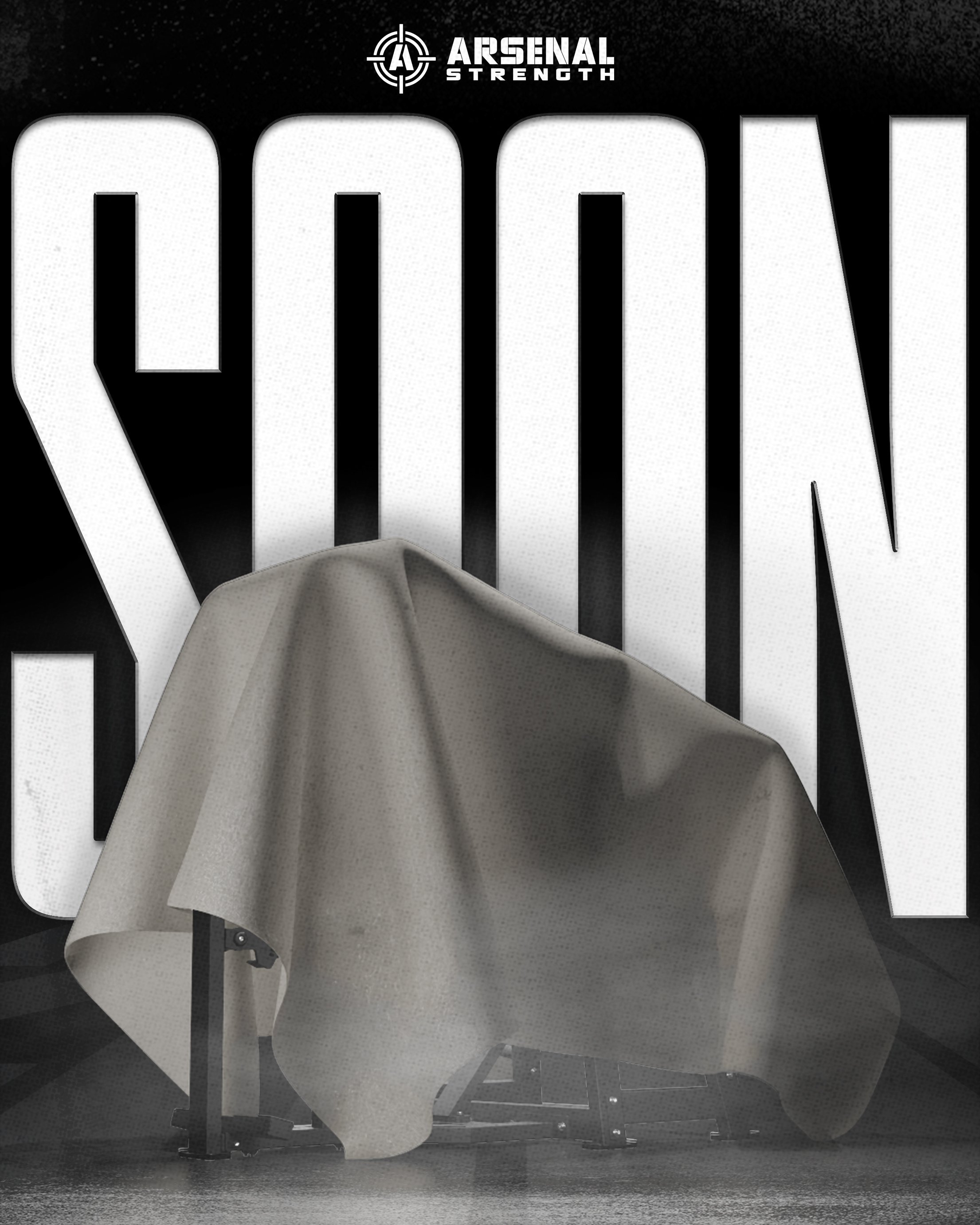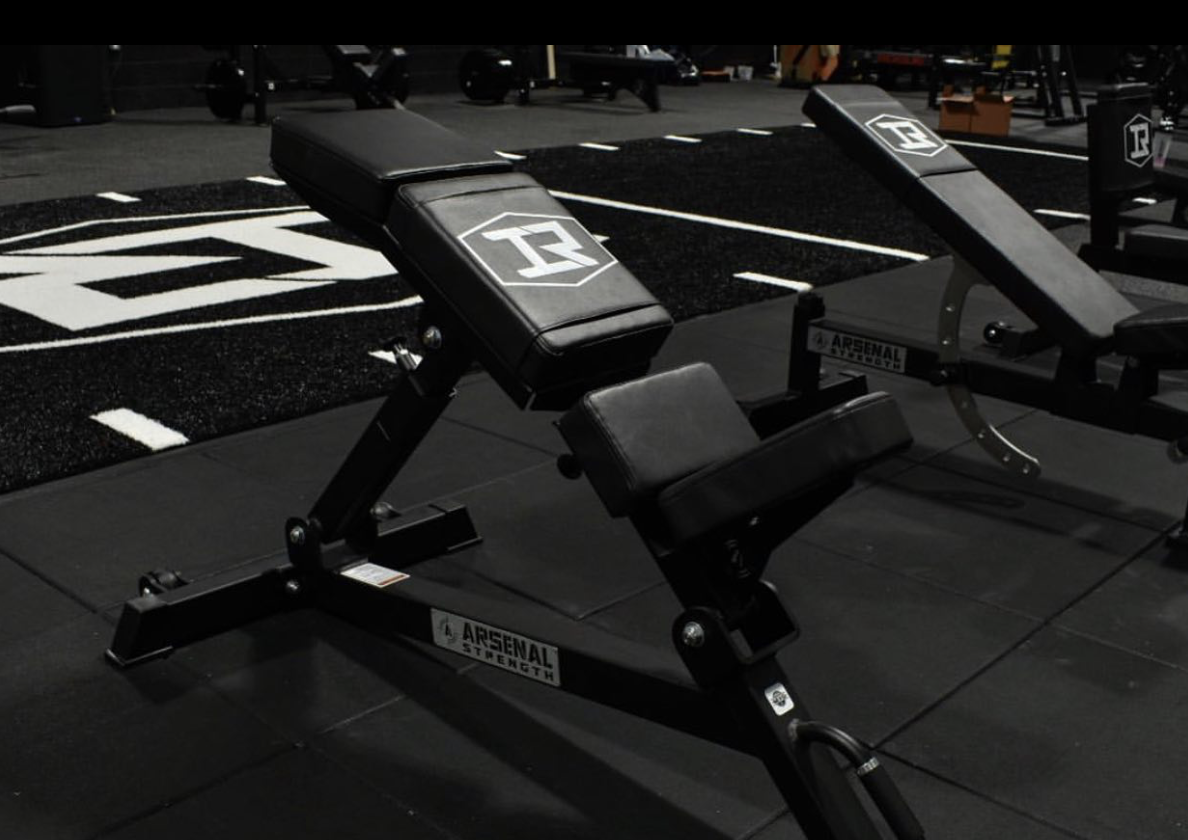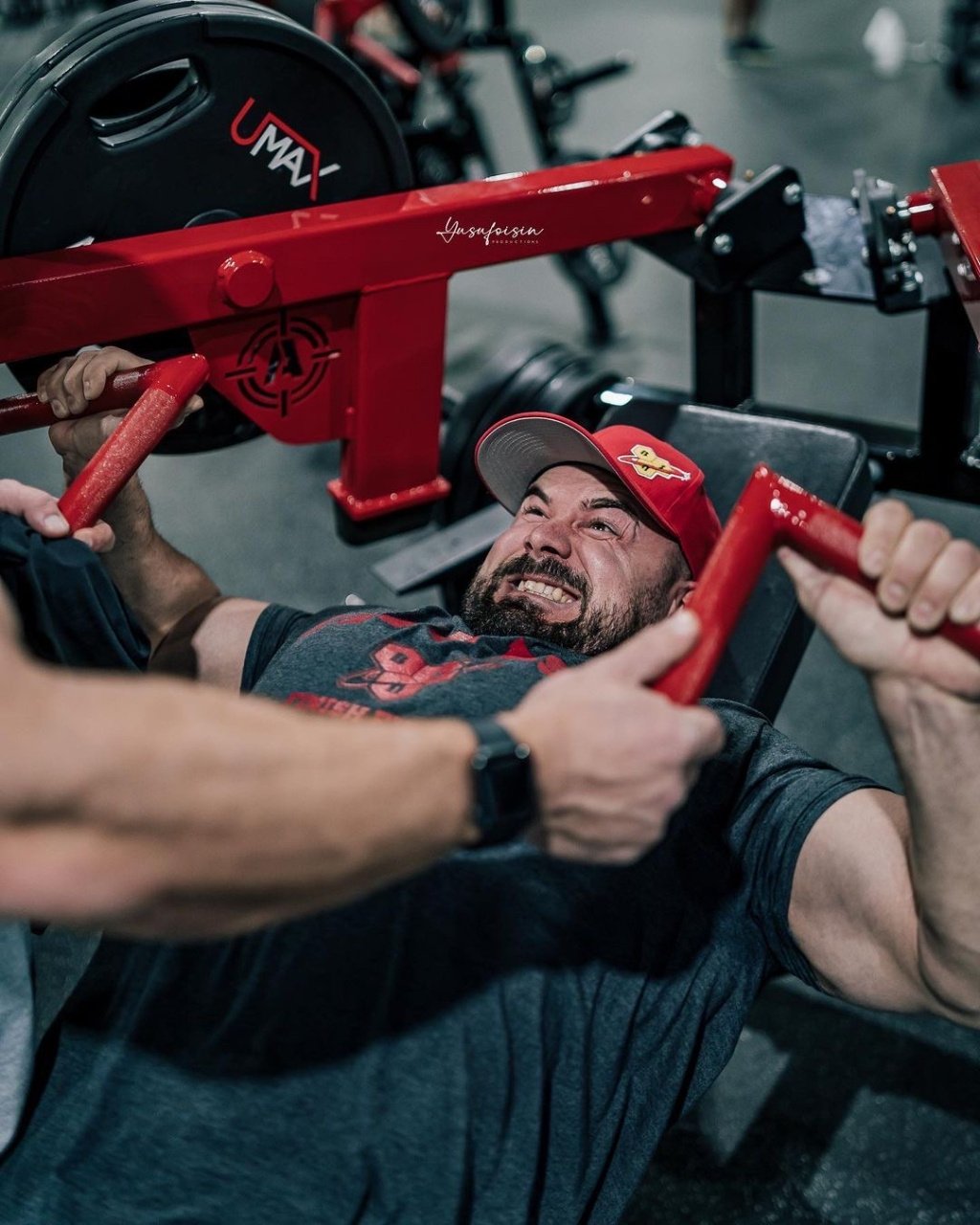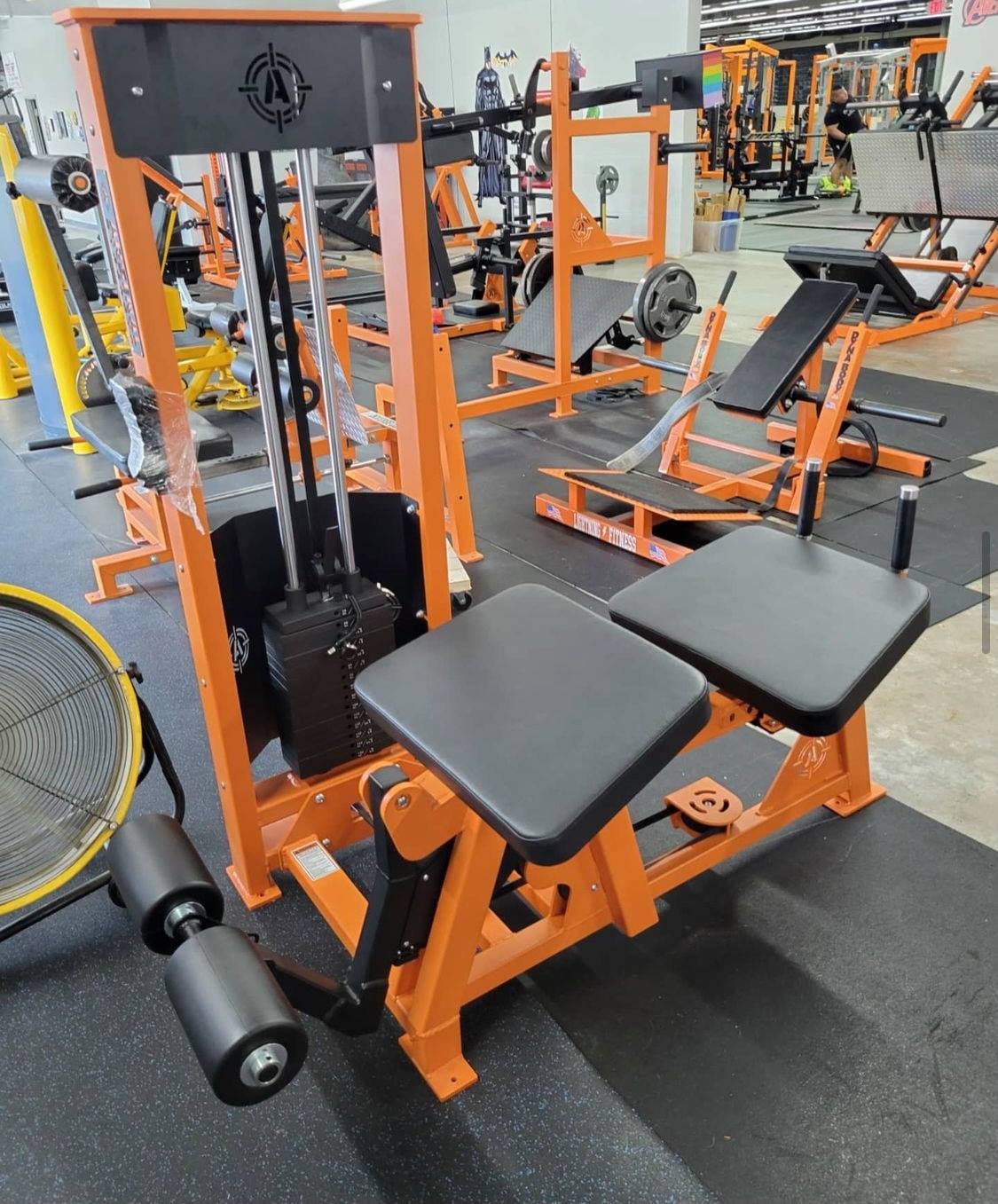Level Up Leg Day Gain With The Power Squat Machine
Key Benefits and Alternatives for Stronger Legs
Squats are one of the best exercises for strength, lower body function and overall fitness. Barbell squats are a staple in many programs but gym equipment manufacturers have created several machines to help both beginners and advanced lifters get the most out of squatting. One of those machines is the power squat machine. It’s getting more and more popular in gyms because it gives support, safety and versatility, so it’s a must-have in any program.
In this article we’ll go over the benefits of the power squat machine, how it compares to free-weight squats, and alternative exercises that target the same muscle groups.
What is the Power Squat Machine?
The power squat machine is a machine that simulates a squat while giving support and guidance. It has an ergonomically correct pad that gives user stability and proper positioning during squat exercises. Unlike free weight squats that rely on balance, form, and the stabilization of the core and lower back, the power squat machine is on a fixed path or plane of motion so you can maintain proper form.
It has a platform to stand on, handles or shoulder pads to load the weight and sometimes a safety catch or stops to prevent downward motion. The large footplate gives stability and help in proper positioning for users during squat exercises. This is perfect for beginners who don’t have the balance or stability for free weight squats and for advanced lifters who want to lift heavier in a safer way.
The power squat machine design helps position users correctly, so it’s a safer and better squat experience.

Benefits of the Power Squat Machine
Safety with Ergonomically Correct Pad
One of the best benefits of the power squat machine is the safety compared to free-weight squats. With the machine you can focus on maximum muscle engagement without worrying about balance or losing control of the barbell. The machine ensures the weight follows a predetermined path so you don’t get injured due to poor form or the weight wobbling under you.
Also most power squat machines have safety bars or adjustable stops that prevent the weight from going too low so if you can’t complete a rep the weight won’t go all the way down. So it’s a great option for those who want to train heavy without a spotter.
Perfect for Beginners
Squats are technical, you need to align your knees, hips and spine. Many beginners struggle with the coordination and balance of traditional squats and end up with poor form that can lead to injury or reduced effectiveness.
The power squat machine takes away these concerns by guiding you through a fixed range of motion. So beginners can focus on learning the movement pattern and building strength without the same level of error as free-weight squats. Plus the machine allows you to add resistance bands which can increase workout intensity and exercise versatility.
Target Lower Body Muscle Groups
Traditional squats engage the core and back for stability, the power squat machine targets lower body muscles like quadriceps, hamstrings, glutes and calves. This is perfect for those who want to intensify lower body training without over stressing the lower back or core. Adding resistance bands can further engage the muscles and ensure stability and safety during squats.
By taking away the stabilization you can lift heavier than you would with free weight squats and further develop lower body strength.

Reduces Lower Back Strain
For those with lower back issues or recovering from an injury the power squat machine is a way to train the legs without putting too much strain on the back. Traditional squats especially with a barbell can cause lower back discomfort if you don’t maintain proper form or if you have a pre-existing condition. The power squat machine takes the pressure off the lower back so you can have a safer workout.
Versatility and Smooth and Quiet Motion
Many power squat machines have multiple foot placements so you can target different muscles depending on your goals. For example a wider stance will target the inner thighs and glutes and a narrower stance will target the quadriceps. The adjustability of the machine is perfect for various lower body workout programs and goals. Plus the weight horns allow you to add and adjust weight loads, so it’s stable and safe.
Power Squat Machine Disadvantages
While the power squat machine has many advantages it’s not without its disadvantages. One of the biggest complaints is the lack of engagement for the stabilizing muscles like core and lower back. Since the machine guides the motion these muscles don’t have to work as hard as they do in traditional squats and can lead to imbalances if used too much.
Also since the machine follows a fixed path it may not replicate the exact natural movement pattern of a free weight squat which can vary slightly depending on your anatomy and flexibility.
Power Squat Machine Alternatives
While the power squat machine is a great tool several other exercises provide similar benefits. Here are a few alternatives you can add to your leg workout. These exercises are compact so perfect for any gym.
Barbell Squats
The barbell squat is the king when it comes to building leg strength and overall functional fitness. By using a free weight barbell you engage not only the quadriceps, hamstrings and glutes but also the core and back muscles to stabilize the weight. Barbell squats also have more variability, you can change stance, bar position (front squat or back squat) and depth. Each of those changes can target different muscles.
Barbell squats require more skill, balance and core strength but provide a more comprehensive workout than the power squat machine which may neglect the stabilizing muscles.
Leg Press
The leg press is another machine based exercise that targets the same muscle groups as the power squat machine. With the leg press you push a weighted sled up with your legs while your back and upper body are supported on a seat. Like the power squat machine the leg press takes away the need for stabilization so you can focus on leg strength.
The leg press is perfect for those who want to lift heavier weights without engaging their core or lower back muscles. It also allows for foot placement variations which can change the emphasis on different parts of the legs.
Hack Squat Machine
The hack squat machine is similar to the power squat machine but positions the user in a more reclined angle which targets the quadriceps more. In this machine the user is leaning back at an angle and pushing the weight up in a vertical or diagonal direction.
Hack squats are great for isolating the quadriceps so it’s a popular choice for bodybuilders looking to develop their legs. But like the power squat machine they don’t engage the stabilizing muscles as much as free weight exercises.
Smith Machine Squats
The Smith machine squat is another variation that involves squatting with a barbell fixed in a set of tracks. The fixed motion of the Smith machine is similar to the power squat machine so you can focus on the legs without worrying about balance.
Smith machine squats have the same advantage as the power squat machine in terms of safety and support but since the barbell is still across the back or shoulders the core and back muscles are more involved in the movement.
Lunges
Lunges are a functional free weight alternative to the power squat machine that targets the same muscles. By stepping forward or backward and lowering your body lunges engage the quadriceps, hamstrings and glutes and also challenge balance and core stability.
Lunges can be done with or without weights and variations like walking lunges or Bulgarian split squats can make it more challenging. Lunges are a great accessory exercise to machine based squats because they engage the stabilizing muscles and functional strength.
Goblet Squats
The goblet squat is a variation where the lifter holds a kettlebell or dumbbell in front of the chest while squatting. This is a great exercise for beginners learning proper squat form as the weight distribution helps to keep the torso upright and reduces lower back strain.
Goblet squats target the quadriceps, hamstrings and glutes similar to the power squat machine but require more core engagement for stabilization. They can be done with lighter weights so it’s an ideal accessory exercise in a lower body workout.
A Balanced Lower Body Workout
The power squat machine is a great tool for those who want to safely increase their lower body strength especially for beginners or those with lower back issues. It has many benefits – safety, ease of use and you can lift heavier weights with less risk of injury. But since it’s a fixed path it doesn’t engage the stabilizing muscles as much as free weight exercises. And its minimum footprint makes it perfect for gyms with limited space.
For a balanced lower body workout you need to mix exercises – free weight squats, lunges and machine based movements like leg press and hack squats. By varying your training you can build overall strength, functional fitness and reduce the risk of injury. The power squat’s space saving design allows for more gym space.
Including the power squat in your routine can be a great way to challenge your legs but it should not replace traditional free weight exercises. Ultimately the best approach is to combine the stability and safety of machines with the functional benefits of free weight exercises for a full leg workout. The machine reduces noise, provides a smoother and quieter workout experience.
FAQ's About The Power Squat Machine
What Muscles Does the Power Squat Machine Work?
The power squat machine works the lower body muscles:
- Quadriceps: Front of the thighs. Engaged during the up phase of the squat.
- Hamstrings: Back of the thighs. Engaged during the down phase of the squat.
- Glutes: Glutes in your bum. Pushing your body back up during the squat.
- Calves: Stabilizing your lower legs as you squat.
In addition to lower body muscles, the power squat machine engages the core to a lesser degree, stabilizing your torso.
How does a squat machine compare to free-weight squats?
Both the squat machine and free-weight squats are great for lower body workouts but they have differences. Free-weight squats engage more muscle groups, including core and stabilizers, whereas the squat machine isolates the main leg muscles (quads, hamstrings and glutes) more directly.
Can you build muscle on a power squat?
Yes, you can build muscle on a squat machine. It doesn’t engage as many stabilizer muscles as free-weight squats but the machine allows high levels of resistance and concentrated muscle activation in your quads, hamstrings and glutes. By increasing the resistance and maintaining proper form you can build strength and muscle mass. But incorporating other squat variations and exercises will help with muscle growth and balance development.
Additional Resources:
Bilateral Leg Press
Pendulum Squat Machine
Belt squat Machine
Remember, consistency and proper form are key to achieving your desired results. So, embrace the challenge and let the Hammer Strength Hack Squat guide you on your journey to stronger, more powerful legs.

